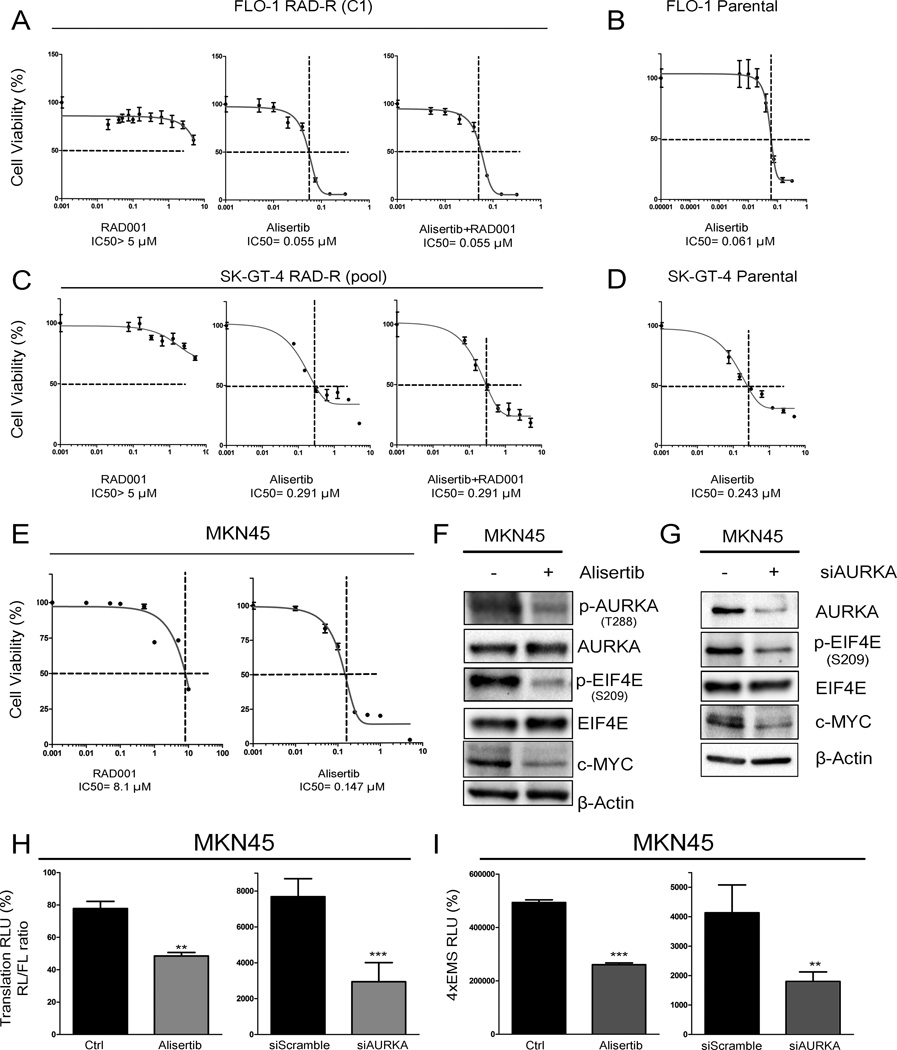Figure 5. Treatment with alisertib reduces cell viability of RAD001 resistant cells.
FLO-1 RAD-R (C1) cells (A) or SK-GT-4 RAD-R (Pool) cells (C) treated with alisertib or in combination with RAD001 were subjected to cell viability assay. Alisertib significantly inhibited the ability of RAD001 resistant cells to form colonies with or without RAD001 co-treatment. Parental FLO-1 cells (B) and SK-GT-4 cells (D) were treated with alisertib and subjected to cell viability assay. E) Human gastric MKN45 cell line displayed intrinsic resistance to RAD001 and sensitivity to alisertib as indicated by cell viability assay. Inhibition of AURKA with alisertib (F) or knockdown with siRNA (G) downregulated p-EIF4E (S209) and c-MYC protein levels as assayed by Western blotting. H) AURKA inhibition (left panel) or knockdown (right panel) significantly downregulated cap-dependent translation in MKN45 cells, as determined by a dual Renilla-firefly-luciferase pcDNA3-rLuc-PolioIRES-fluc reporter that measures cap-dependent/independent translation. I) AURKA inhibition (left panel) or knockdown (right panel) significantly downregulated c-MYC transcriptional activity in MKN45 cells, as measured by the 4xEMS luciferase reporter.

